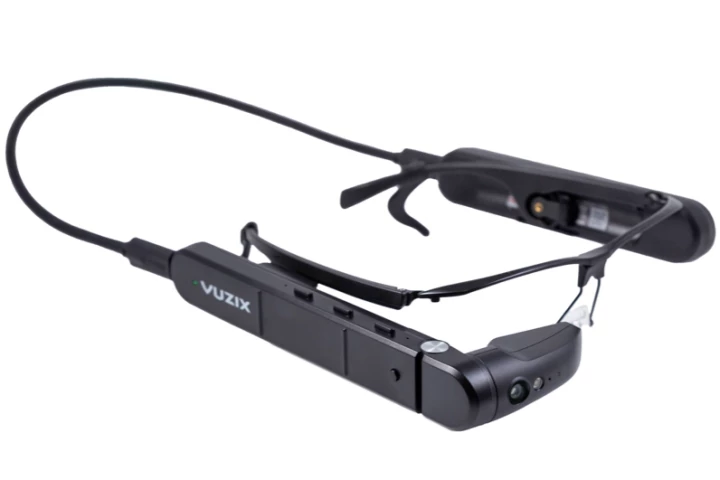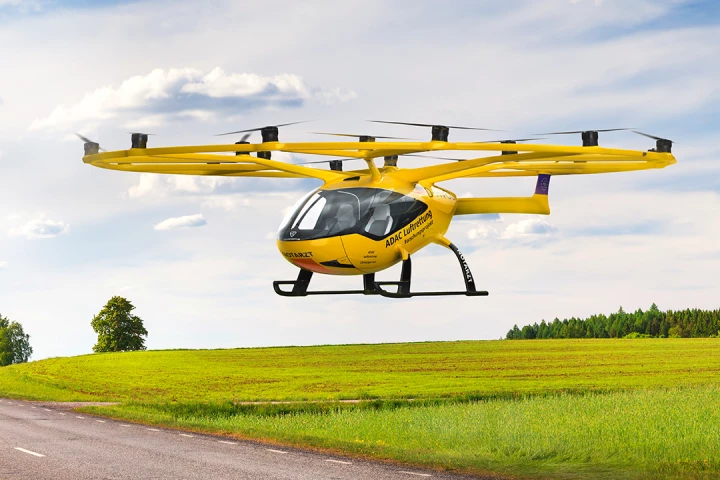Emergencies
-
When someone collapses from a heart attack, chances of survival fall 10% with every passing minute without defibrillation. Now, scientists have come up with a novel way to reach cardiac arrests faster – using food-delivery riders as first responders.
-
Known for its budget Android phones, HMD has launched a potentially life-saving product for adventurers. Its OffGrid accessory pairs with any smartphone and enables texting via satellite networks – so you can reach people from the middle of nowhere.
-
Wouldn't it be neat to see a drone using flashing lights and a siren to chase down crooks? Well, the Responder quadcopter comes equipped with both, along with other gear designed to help quicken response times when crimes or other emergencies occur.
-
An ambulance service in Sri Lanka has equipped its EMTs with a mixed-reality headset to help deliver emergency care with the help of a live-feed doctor in the crucial moments before a patient is admitted to hospital.
-
Humanitaria has created a cardboard bed for the critical first 24 hours of a humanitarian emergency. The beds can be manufactured at 1,000 units per hour for a 10th of the cost, assembled 200 times quicker, and landed where needed 100 times faster.
-
Three years ago, California-based Jump Aero announced its plan to bring first responders to emergency sites via eVTOL aircraft. The company has now unveiled the design and specs of the vehicle, and already has a buyer lined up.
-
There are many potential uses for augmented reality (AR) glasses, such as real-time captioning for the deaf, training military pilots, and providing runners with virtual partners. Now, they may also help Japanese emergency medical technicians (EMTs) save lives.
-
Sesame Solar announced this week what it calls the world's first 100-percent renewable mobile nanogrid. Powered by a wing-like solar panel spread and green hydrogen, the modular nanogrid brings weeks of autonomous electricity where it's most needed.
-
When someone is suffering from a deep stab wound, it's important to apply pressure within that wound. A new student-designed device is intended to let first responders do just that, potentially saving lives that might otherwise be lost.
-
New York-based medical transport non-profit Hatzolah Air has placed a preorder for four of Urban Aeronautics' CityHawk VTOL aircraft for emergency medical service (EMS) applications within urban environments.
-
Because bikes can skirt around traffic jams – and park just about anywhere – they're often faster than cars on congested city streets. That's why bicycle couriers exist, and it's also why the Emergency Bikes ebike ambulance was created.
-
A feasibility study modeled on the VoloCity multirotor electric air taxi has concluded that electric vertical take-off and landing aircraft would benefit emergency air rescue services. Now the project is looking to begin operational testing in 2023.
Load More











